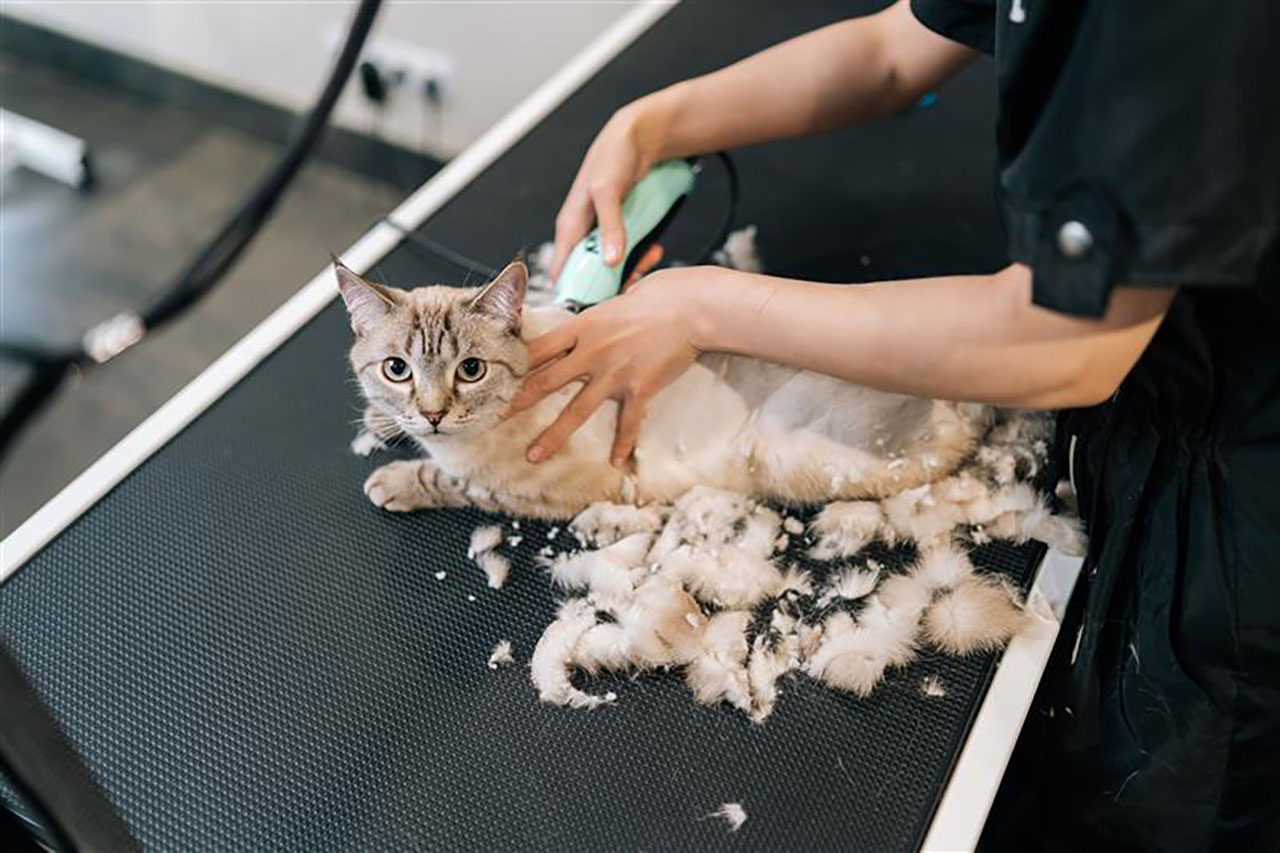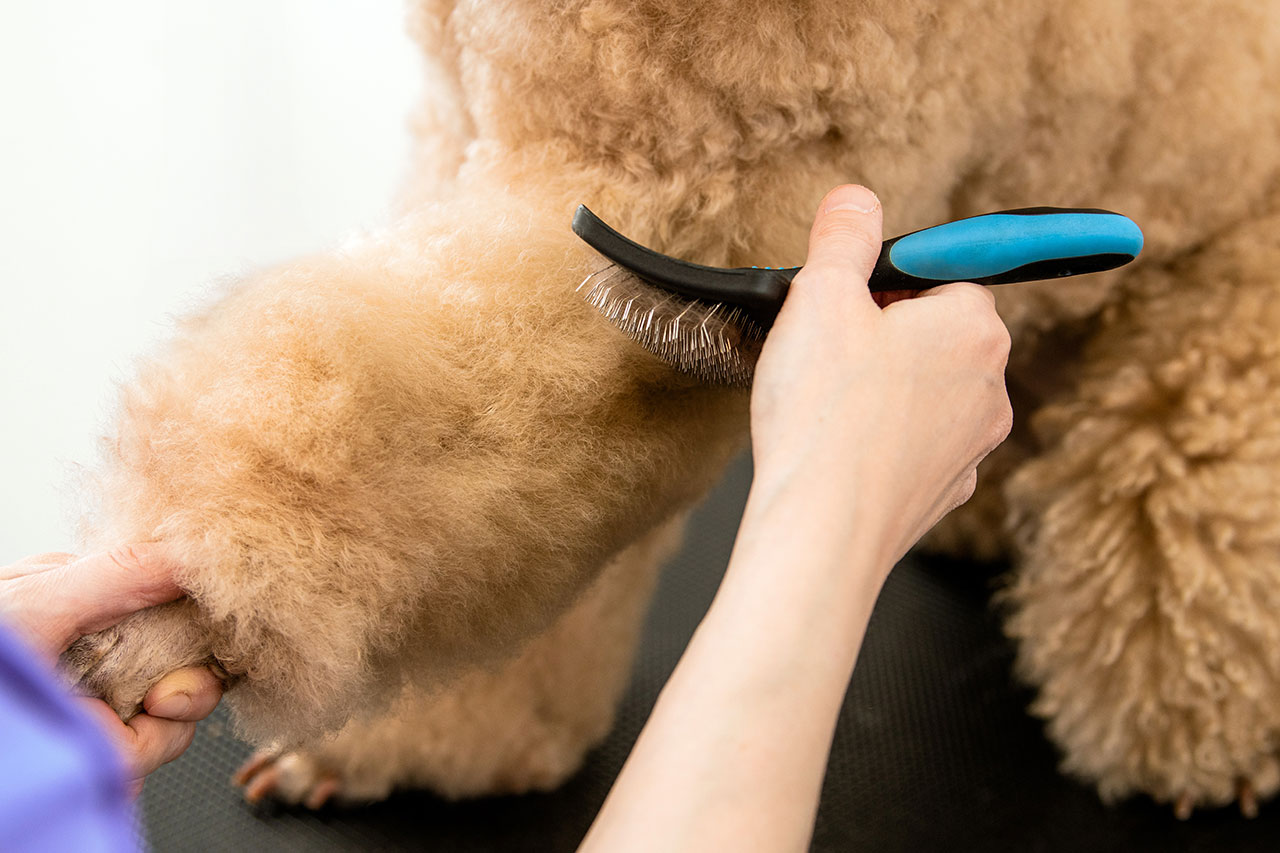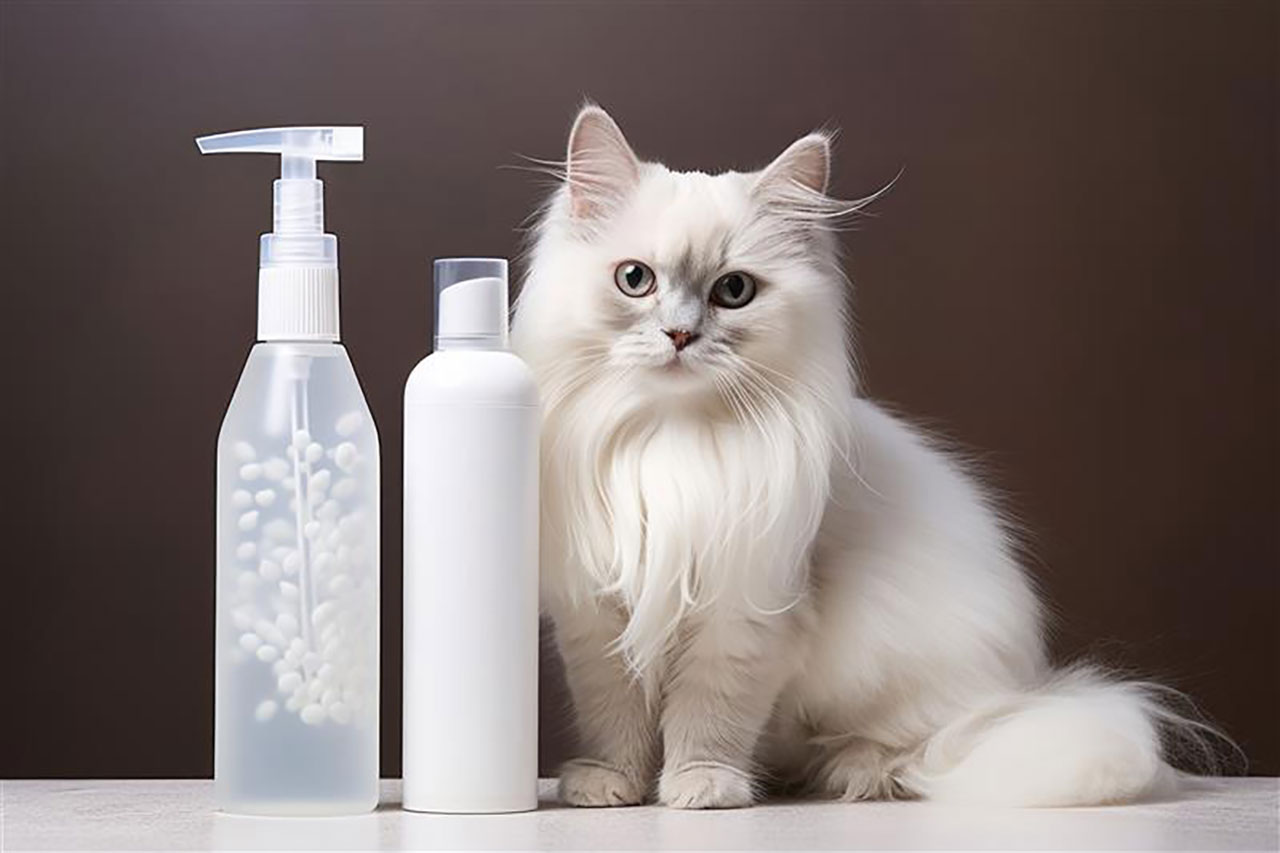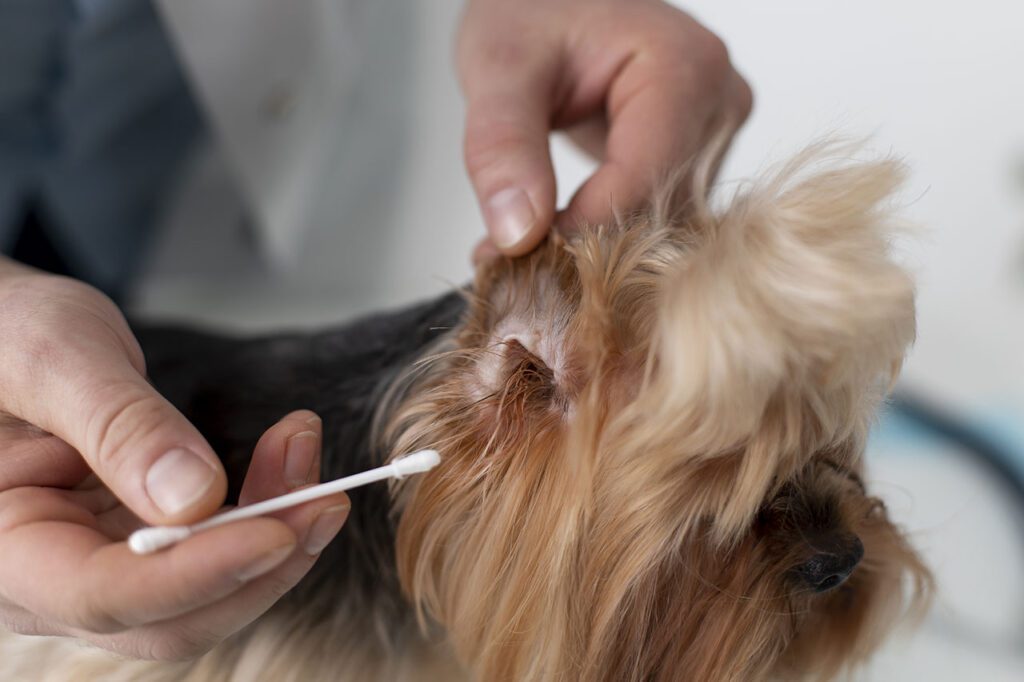
Pet Hygiene & Health Cat Dog Pet Care
Grooming your dog or cat isn’t just about appearance — it’s a complete health and hygiene routine your pet deserves.
Grooming your pet is about more than just appearance.
It’s an essential part of maintaining healthy skin, reducing the buildup of dirt and bacteria, and preventing fleas, ticks, and infections. This is especially important in Thailand’s hot and humid climate, where parasites and fungi thrive.
Benefits of Regular Grooming
Reduces Body Heat
Thick and long fur traps heat, making it difficult for pets to regulate their body temperature — especially in summer. Shortening the fur helps prevent heatstroke and overheating.
Allows Skin to Breathe
Dense fur can trap moisture in certain areas like under the legs, around the neck, or at the base of the tail. Grooming exposes the skin to airflow, helping reduce fungal and bacterial buildup.
Reduces Dirt and Debris
Long fur easily traps dust, grass, and outdoor debris — especially in pets that enjoy rolling around. Regular grooming makes cleaning and maintenance much easier.
Makes It Easier to Monitor Skin
Shorter fur allows owners to spot red patches, wounds, or parasites more easily — so problems can be addressed early.
Risks of Letting Fur Grow Too Long
Hiding Place for Fleas and Ticks
Thick fur creates the perfect hiding spot for fleas and ticks. These parasites feed on blood and can cause itching, irritation, and — in severe cases — anemia.
Skin Irritation from Moisture
Long fur can prevent air circulation in areas like the armpits or under the tail. This leads to moisture buildup, which may result in inflammation, fungal infections, or chronic skin issues — especially in pets with sensitive skin.
Persistent Itching
Built-up dirt, dust, and oils in long fur can cause constant itching. If your pet scratches frequently, it could lead to open wounds or infections over time.
How to Care for Fur After Grooming
Use Gentle Fur Care Products
After grooming, use mild shampoos and conditioners specifically made for pets. This helps new fur grow back soft, healthy, and irritation-free.
Brush Regularly
Even short-haired pets should be brushed 2–3 times a week to stimulate blood flow and prevent knots, especially around joints or underarms.
Check the Skin After Grooming
Observe the skin for signs of redness, itching, or wounds. If anything seems unusual, consult a veterinarian or professional groomer right away.
Avoid DIY Grooming Without Experience
Using scissors or clippers at home without experience can lead to accidental injuries or cause your pet to fear grooming. It’s best to let a professional groomer handle it for safety and comfort.
Regular grooming isn’t just about keeping your dog or cat looking nice — it’s essential to their physical comfort and overall health. Especially in hot or rainy seasons, grooming helps reduce parasites and skin issues, keeps them clean, and makes them feel great every day.







